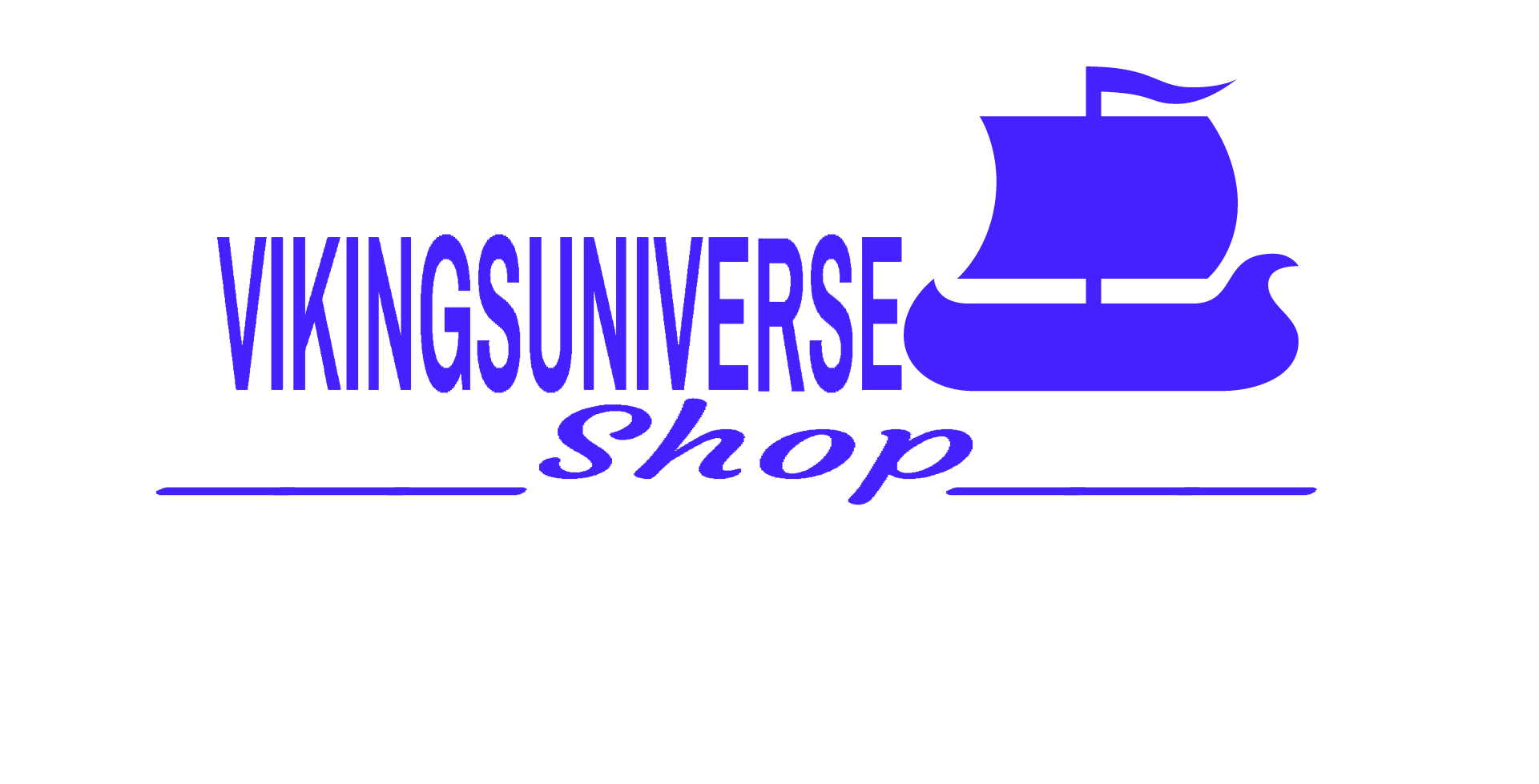No products in the cart.
Uncategorized, viking belief
This is The True Jul / Jól & and Now You Know
This is The True Jul – Jól & and Now You Know
Viking Products
Jól (from Old Norse Jól or Jólablót) is the former Norse celebration of midwinter day (in the Norse period January 12 – 28 days after the winter solstice) in the Region.
The word Jól is historically a common Nordic term for the Norse midwinter feast Jólablot, which was celebrated around the middle of the winter solstice. With good food and Jól beer should the sun’s return and the gods hailed.
The truth about Santa Claus
Today many associate Jól with the birth of Jesus and look at it as a Christian festival. The truth is that Jól, as we know it Norway, has been celebrated for much longer than Christianity has been known in this country. And the longest we’ve known for Jólnir – what many believe is the origin of Santa Claus.
Jólnir visited people several times during the year. Sometimes in a sled behind a big horse (sometimes riding on it) in the sky as part of the great hunt (a hunt for trolls, witches),
and other times with gifts for men. This man had a robe, a long white beard and could always be seen in midwinter. He also received reports of who was naughty and kind among men.
You know him best under the name Odin.

It was only after the Christianization of Norway that Jul became a “Christian festival”.In other words associated with a pagan custom when in Denmark says Glædelig jul in Finland say Hyvää Joulua, Iceland says Gleðileg Jól and in Swedish and Norwegian says God Jul
While the Nordic countries still using the term for the old pagan celebrations, other European countries designations which are directly linked to the Christian festival.
Viking Products
Sol Invictus, Circle of Life
Precisely, the pagan feast stood so strongly is often used as an explanation for why the Christian holidays are added to this particular period.
It was short, convenient for Hakon the Good adding the Norwegian celebration of the birth of Jesus to a date that was already incorporated.
Beforehand had moreover December 25 been done to a Christian holiday celebration in Rome. The date was scheduled for the same time as a traditional pagan feast in honor of Sol Invictus (the Unconquered Sun), who was the sun god in the late Roman state religion.
Although Christmas today celebrated as a Christian feast is not the tracks of the ancient pagan tradition effaced.
Today’s celebration is a blissful mix of different traditions, including the traditions associated with Jólablot.
Julebukk.
GoatBukken is an old Jól symbol which can now be found in the custom of going Jól-bukk goat and decorate with straw bows. The different customs based presumably on the worship of the Norse god Thor, partly by slaughtering a goat for Jól to get a good new year,partly by playing different Jól games, for example, where all were fitted with goat head and -pels and died and came to life again.
Gleðileg jól Frome us: Vikings Universe
May the Gods be on your side And see Over You!
PS:get some of you gifts here <<<<



